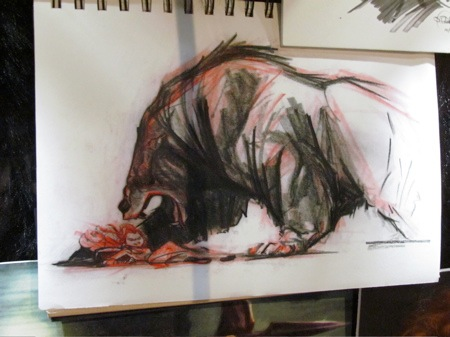

In 2019, world production of ginger was 4.1 million tonnes, led by India with 44% of the world total.

The distantly related dicots in the genus Asarum are commonly called wild ginger because of their similar taste.Īlthough used in traditional medicine and as a dietary supplement, there is no good evidence that consuming ginger or its extracts has any effect on human health or as a treatment for diseases. Ginger is one of the first spices to have been exported from Asia, arriving in Europe with the spice trade, and was used by ancient Greeks and Romans. It was transported with them throughout the Indo-Pacific during the Austronesian expansion ( c. Ginger originated in Maritime Southeast Asia and was likely domesticated first by the Austronesian peoples. Ginger is in the family Zingiberaceae, which also includes turmeric ( Curcuma longa), cardamom ( Elettaria cardamomum), and galangal.

The inflorescences bear flowers having pale yellow petals with purple edges, and arise directly from the rhizome on separate shoots. It is a herbaceous perennial which grows annual pseudostems (false stems made of the rolled bases of leaves) about one meter tall bearing narrow leaf blades. Ginger ( Zingiber officinale) is a flowering plant whose rhizome, ginger root or ginger, is widely used as a spice and a folk medicine.


 0 kommentar(er)
0 kommentar(er)
